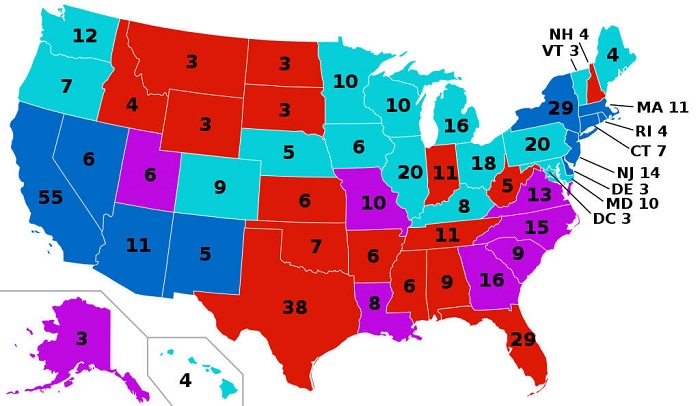The Electoral College is a system for choosing candidates to hold certain offices. It is an important part of American democracy. The electors are chosen by voters and are known as “county electors”. The electors are tasked with making their choices based on a set of criteria.
The authors of the Constitution wanted a system where candidates could be carefully considered to ensure that the outcome of an election was fair. The Electoral College was designed to ensure that states had a voice in the process. In addition, each state is represented by a certain number of electors, who pledge to vote for the candidate they support.
The process for choosing electors differs by state. In some states, each party nominates a slate of electors. The electors may not be members of Congress or currently hold federal office. Rather, most states select electors through a state party convention or committee. This way, electors are generally party members who have a personal connection to the candidate.
The electors meet in their State capitals and vote for the President and Vice President. They sign their ballots and transmit them to several people. The President of the U.S. Senate receives one copy and sends it to the National Archives and Records Administration (NARA). Another copy goes to the state secretary of state. And a backup copy is sent to the presiding judge.
The Electoral College has been around for centuries. Its design was influenced by the 1800 election, in which the House of Representatives and the Senate were tied, and the election went to the House of Representatives instead of the Senate. Eventually, Jefferson won the election. The House of Representatives voted 36 times before the House of Representatives finally selected him as president. This result showed that the designers of the Electoral College had not anticipated the possibility of ties between opposing parties.
The Electoral College is a constitutionally mandated system that determines the election of the President and Vice President every four years. Each state has an equal number of electors compared to its congressional delegation. However, the method in which electors are chosen varies greatly from state to state. In most states, electors are chosen by political parties, rather than by the public.
There have been several attempts to reform the Electoral College system. The most recent attempt to do so was the National Popular Vote Interstate Compact (NPV). Under this compact, states would agree to apportion their Electoral College votes to the winner of the national popular vote. However, it requires the participation of fifteen states, which would account for 196 votes.
Many presidents have been elected with less than 50 percent of the popular vote. This has led to challenges for the system, especially in contested elections. The 2000 Florida presidential election, for example, was marred by a controversy over the results of the popular vote. Ultimately, the US Supreme Court decided to stop an ongoing recount in Florida and ordered the Florida secretary of state to certify the election results.

